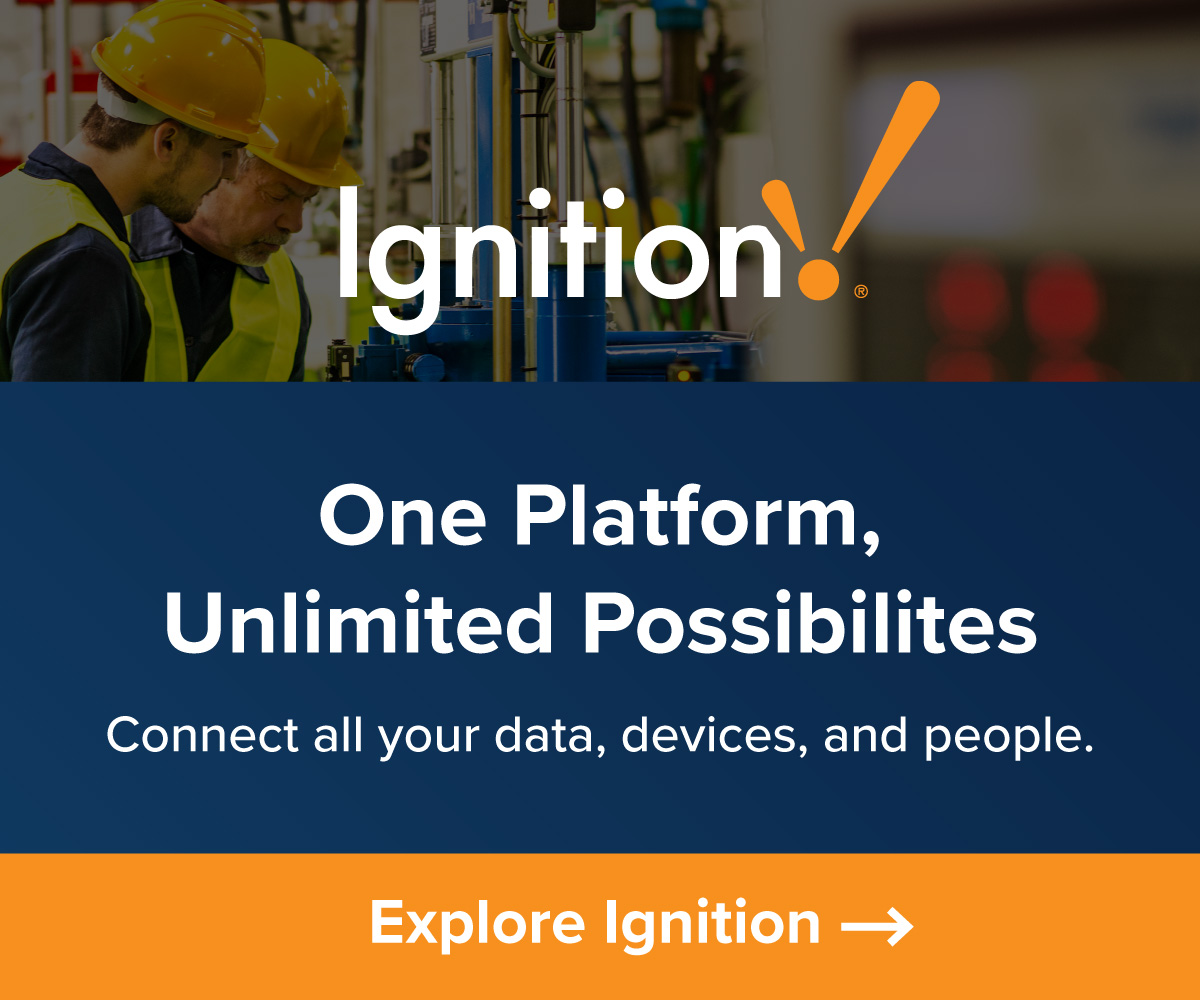by Gary Mintchell | May 30, 2023 | Manufacturing IT, Operations Management, Software
I had family commitments and did not attend PTC’s LiveWorx events. They did send a couple of press releases detailing announcements made there. One is an AI-enhanced (of course, they had to work AI into some release!) visual inspection called Step Check from Vuforia. There was also a sustainability partnership announcement along with a SaaS solution for Creo.
Vuforia’s AI-enhanced visual inspection solution Step Check.
Step Check focuses on visual inspection for quality control. These inspections are traditionally done with the naked eye and paper-based documentation, which puts added pressure on workers to make decisions quickly and runs the risk of mistakes and rework.
Step Check makes inspections more efficient and lessens the potential for mistakes by combining augmented reality and AI. Step Check guides workers through inspection tasks with context-aware, step-by-step AR work instructions that are overlaid on the physical part or product. As this is happening, the underlying AI can detect improper assemblies, missing or misaligned parts, or related faults. Color-coded pass/fail graphics displayed on the part or product in real time inform workers if an inspection step has passed or failed. Step Check automatically documents the inspection results and provides dashboards to analyze the performed checks.
Science Based Targets Initiative and Relationships with Ansys and aPriori
PTC announced new initiatives as part of its environmental sustainability practice. It has signed the Science Based Targets initiative (SBTi) commitment letter, pledging both near-term emissions reductions and long-term net-zero targets. In addition, PTC is expanding its relationships with Ansys and aPriori to support manufacturers’ environmental sustainability goals in the areas of product dematerialization and manufacturing efficiency.
In parallel with its SBTi commitments, PTC is broadening the ways in which it supports manufacturers’ efforts to reduce the environmental footprint of their products. Most of a product’s environmental footprint is determined at the design stage, where decisions are made about materials, manufacturability, potential for circularity, and much more. PTC enables manufacturers to address these footprint considerations with its industry-leading product design and lifecycle management software and through new partner integrations with Ansys and aPriori.
PTC and Ansys, who have partnered for several years on product design and simulation software, will pursue more integrated workflows between PTC’s Creo computer-aided design (CAD) and Windchill product lifecycle management (PLM) software with Ansys’ materials information management solution, Ansys Granta MI. These workflows are expected to make it easier for design engineers to assess how the materials used in a product impact the product’s performance, embodied carbon, and recyclability, enabling our joint customers to develop both more sustainable and highly performant products.
PTC and aPriori will pursue greater interoperability between Windchill and aPriori’s aP Pro, aP Design, and aP Generate software. Together, these solutions enable designers to review designs in CAD and PLM and generate reports for part costs, manufacturability, and environmental footprint. If changes are required, aPriori’s software can generate recommendations for improvements for the designers. This process can increase the likelihood of making changes before excessive costs and footprint are committed.
Creo+ Software as a Service CAD
PTC announced Creo+ software as a service (SaaS) computer-aided design (CAD) solution and the release of the tenth version of its Creo CAD software. Creo+ combines the power and proven functionality of Creo with new cloud-based tools to enhance design collaboration and simplify CAD administration. Creo+ includes real-time design collaboration tools to enable multiple team members to review, explore, and edit product designs. Creo+ also includes the PTC Control Center application, powered by the PTC Atlas SaaS platform, which enables simple deployment and management of software licenses for cloud-based tools.
In addition to the release of Creo+, PTC announced the simultaneous release of Creo 10. With Creo 10, users can now design and simulate with composite materials for lighter products that maintain strength and durability. Additionally, Creo 10 introduces Ansys-powered thermal stress as well as non-linear materials and contact simulation, which significantly broadens addressable simulation-driven design use cases in Creo.
by Gary Mintchell | May 24, 2023 | Manufacturing IT, Operations Management, Security
Honeywell began sending press releases about things called Forge and Connect and Connected Enterprise in 2019. I was puzzled. Then came the pandemic making contact and conversations difficult. I think this was much like initiatives from a few other former automation companies now trying to become software companies—they had some ideas and appointed some GMs, but they were feeling their way forward, as well.
I was confused again this month. There was registration for something called Honeywell Connect, and then pre-brief for Honeywell Connect (for which I never received a link) and then for Honeywell User Group (HUG). I registered for so many things, I wasn’t sure what was next. Then there’s the issue that HUG is in Orlando—and I’m tired of going to Orlando and supporting Florida.
Yesterday was Honeywell Connect—a series of announcements from the Honeywell Connected Enterprise group. The big announcement that concerns me follows. HUG follows June 19 for the process systems group. That one is live. As it stands now, I’ll be there. If you’d like to connect and give me your thoughts on using all this new technology or where AR/VR is going, ping me at [email protected].
The big news from Connect is the release of Cyber Insights for operational technology applications. Its focus is improving the availability, reliability and safety of their industrial control systems and operations. Cyber Insights is designed to integrate information from multiple OT data sources in order to provide a customer with actionable insights into their facility’s cybersecurity vulnerabilities, threats and compliance, thereby helping reduce their overall cybersecurity risks.
Cyber Insights brings a tailored approach by providing a purpose-built cybersecurity solution for OT environments and users. It is designed to offer a site-level view of a facility’s cybersecurity posture and provide insights into security events, vulnerabilities, active threats and to manage compliance. Cyber Insights can help organizations strengthen their cyber resilience and respond faster to incidents through access to critical information at the right time.
Cyber Insights is pre-configured for OT use, with already available customization options designed to address certain needs specific to different industrial environments, while being vendor agnostic so that it can deployed on Honeywell control systems as well as many other systems. It is also deployed, supported and maintained by Honeywell Cyber Care services during the applicable subscription license term to help customers maintain continuous tuning and optimization as required for any system to run in peak form.
by Gary Mintchell | May 19, 2023 | Workforce
What workforce problem has populated every industrial trade press issue for the past 10-15 years? Baby Boomers are retiring taking decades of knowledge with them. How can the new workforce of engineers and technicians be provided the skillset quickly?
Actually, new people have come into the industry continually for years. Recall the conferences you’ve attended (except during the pandemic) over the past several years. The demographic has been trending younger and diverse.
However, the search for better ways to train new workers is, and will be, never ending. We’ve traveled the simulation path. Better virtual reality technology may improve that experience.
Another solution comes from a new company formed in Detroit with former Siemens executives. (The press release says, “with a vision to use AI to accelerate skills training for shop-floor and other highly technical skilled trades workers.”) DeepHow utilize generative AI to enable teams to capture their know-how using a smartphone, turning expertise into step-by-step how-to videos that can be translated into multiple languages in a matter of minutes, to create a unique and extremely valuable library of organizational knowledge that can be effectively transferred to every worker.
This looks like one of many cool uses of technology that may not translate as well into practical everyday use as might be desired. But…it may, if it is easy to use, find widespread usage among industrial engineers.
The recent news concerns funding of the startup. DeepHow has closed $14M in Series A funding. Owl Ventures, a specialist in education technology investing, led the round, with participation from another new investor: LG Technology Ventures. Existing investors Sierra Ventures, Qualcomm Ventures, Osage Venture Partners, and Foothill Ventures also participated in this round.
DeepHow plans to invest in go-to-market initiatives to accelerate its business growth, and to ramp up its investments in product, engineering, and generative AI innovation. In response to customer demand, DeepHow has already fast-tracked development of powerful product enhancements that leverage the power of generative AI to accelerate SOP video creation, multimodal workflow generation, AI chat assistance, and strategic knowledge mapping.
by Gary Mintchell | May 16, 2023 | Data Management, Edge
There were a couple of process automation news items. Now, let’s switch to the industrial edge and talk data. Litmus announced the availability of digital twins for users of Litmus Edge and Litmus Edge Manager. Now manufacturers have a streamlined way to collect, contextualize, normalize and analyze data with visual representations of purpose-driven digital twin models.
Litmus’ infrastructure supports:
- Asset and site twins
- Use case driven models like energy monitoring, predictive maintenance, production optimization and quality control
- Flexibility to support various digital twin models
- Easy modeling of collected data
- Real-time decision-making and simulation of different scenarios
by Gary Mintchell | May 16, 2023 | Manufacturing IT, News, Process Control, Technology
’m still catching up on a bit older news. One of the benefits of all this digital and digital twin conversation concerns simulating processes. These have uses ranging from training to improving processes. This news concerns a collaboration between Honeywell UniSim and Borealis.
Honeywell announced that Borealis will implement Honeywell’s UniSim Live software as early adopters to build process models for optimizing operations through virtual process simulation. UniSim Live will allow Borealis to extend the utility of process models to near real-time process monitoring and focus on early event detection by using digital twins to improve plant reliability.
Based in Austria, Borealis is a leading international provider of polyolefins, base chemicals, and fertilizers, and also one of the world’s largest producers of polyethylene (PE) and polypropylene (PP). The organization continues to invest in new technology and digitalization tools to improve processing capabilities and efficiencies as part of its Borstar program to optimize and transform key operations.
Process models are digital representations of a plant and its processes. They are commonly used for designing process equipment or for training operations staff. UniSim Live’s advanced process modeling detection capabilities are helping Borealis detect and mitigate issues that can impact plant performance. The collaboration with Borealis builds on Honeywell’s 20-year efforts associated with the Abnormal Situation Management consortium, whose charter is to improve plant safety and reliability.
by Gary Mintchell | May 15, 2023 | Data Management, Edge, Operations Management
Innovation at the Edge continues. I’ve written about ZEDEDA before and have even appeared on a couple of their Web events. The company maintains momentum at this vital confluence of data. This announcement concerns a partnership with Avassa.
- Partnership provides platform teams with a comprehensive security and visibility solution coupled with a developer-friendly container application solution for the distributed edge
- Together, the companies address the growing demand for comprehensive solutions that empower customers to manage the lifecycle of new and existing technologies at the edge
- The combination of ZEDEDA and Avassa solutions enables customers with application-centric visibility and manageability of cloud-native applications while also solving the challenges of the distributed edge





